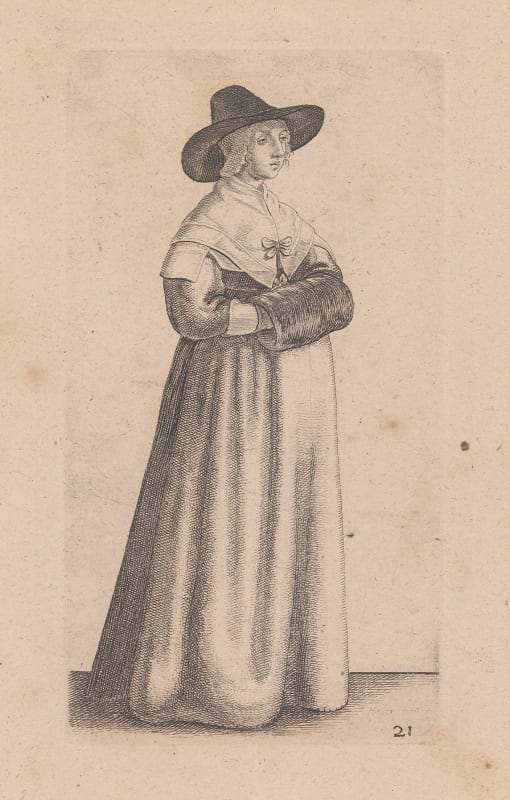Close
Search Inventory
Wenceslaus (Wenzel) Hollar was one of Europe’s greatest seventeenth century engravers.
He was born in Prague in 1607, where as a teenager he studied under Matthaus Merian. At the age of twenty he left Bohemia, and travelled to Germany. In 1636 he journeyed to England where he met Thomas Howard, second Earl of Arundel, England’s premier nobleman. It was Arundel's desire to create a visual inventory of his art collection and thus employed Hollar to etch copies of his artworks. Hollar was to continue publishing and engraving works for the Arundel collection but by 1640 he began to achieve independent recognition. He covered a vast array of subjects for his patrons, for publishers and in collaboration with other artists: architectural and topographical views, maps, copies of paintings and drawings and depictions of people, fashions, and events.
No other artist recorded so many aspects of seventeenth-century English life as did Hollar.
Around 1644 Hollar, executed one of his most famous pieces, ‘The Prospect of London and Westminster taken from Lambeth’. Engraved on four plates, this is one of the largest and most detailed depictions of London from this time.
The Great Fire of London in 1666 brought Hollar one of his most successful periods. He issued a variety of views of London most notably a double view, before and after the Fire.
With the exception of a one year absence, Hollar spent the remainder of his life in England and died in London in 1677. He had spent forty years recording his impressions of the turbulent era in which he lived and today is regarded as one of the most important master etchers of his time.
Join our mailing list
* denotes required fields
We will process the personal data you have supplied to communicate with you in accordance with our Privacy Policy. You can unsubscribe or change your preferences at any time by clicking the link in our emails.


